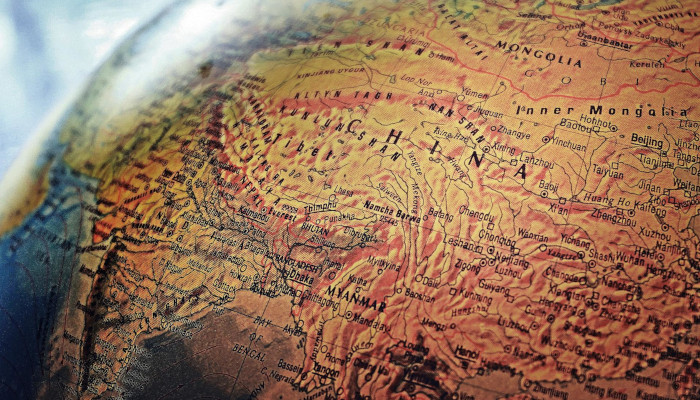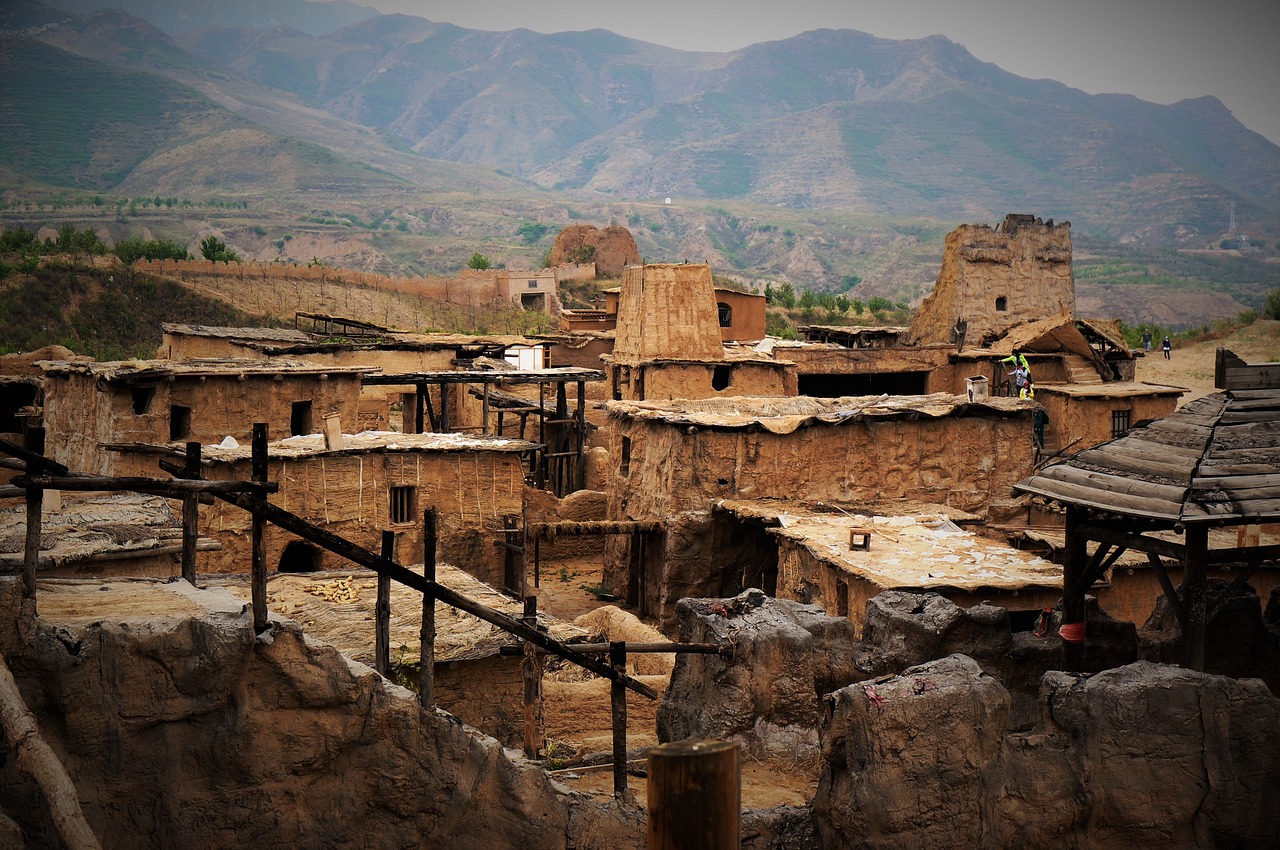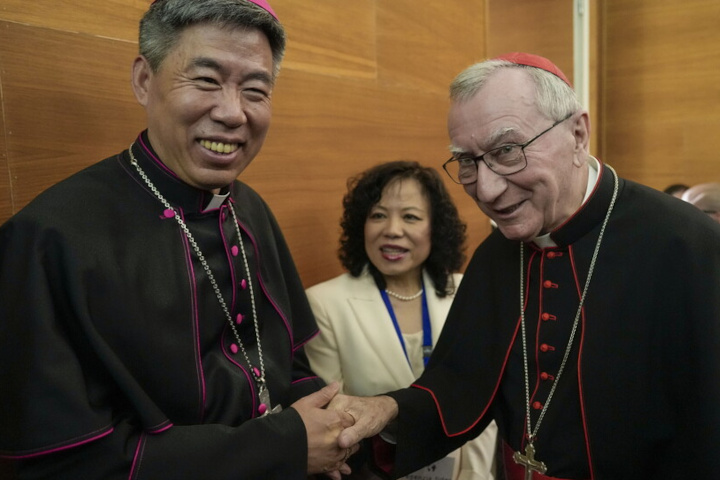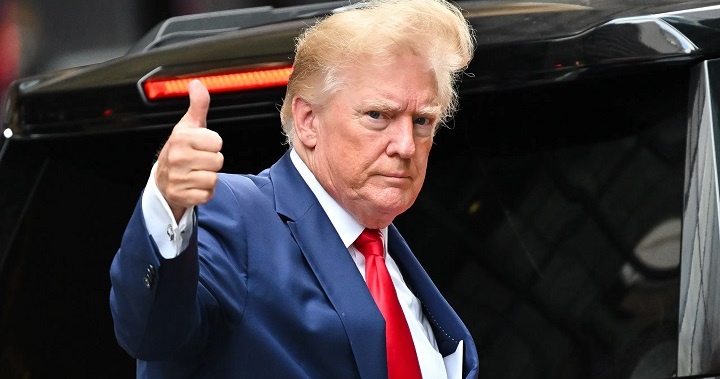
The Chinese economy is divided into two: domestic growth and exports. The structure can function because its currency, the RMB, is not fully convertible, and its market is not freely accessible. Exports help access resources for the development of dual-use Chinese technology. The entire architecture could face a severe setback if exports and surplus decline. It’s a race against time. If Chinese tech outpaces Western technology, Beijing’s strategy may prevail, while the U.S. appears uncertain about its path forward.
Now
China has two economies that work in parallel. They influence each other, yet they live almost separate lives. One is the domestic economy plagued by debt and sagging demand. The other is thriving and booming – its unrivaled export machine.
The two have a special relationship with one another, as Michael Pettis[1] recently pointed out. Domestic development is stalling, driven by infrastructure investments with declining returns and efficiency, while the growth is led by net exports, which “contributed 30.3 percent to GDP growth in 2024, their highest share since 1997”[2]. The result is one of the fastest-rising debt-to-GDP ratios in global history. In 2025, it could be over 300% of GDP, with a total budget deficit of 14%, producing a mere 5% growth. Pettis underlines: “If China’s trade surplus were to contract in 2025, it means that a larger share of China’s 2025 GDP growth must come from non-productive investment and, with that, China’s debt ratios should rise more quickly.”
The legacy
From this analysis come many questions. The problem has existed for a long time. Rudi Dornbusch, Francesco Giavazzi, and I discussed it in 1999 in Beijing. In a 2007 essay[3] and many subsequent discussions in Beijing and at conferences in those years, the feeling was that China had to offset its debt-laden infrastructure build-up and export-driven growth. To do that, it had to boost private consumption. Yet the Chinese saved more than 50% of their income because they had no social security; they paid directly for their health care, children’s education, retirement, and unemployment. Consequently, they had little real disposable income.
Buying a house was a form of investment in the future. To push private spending, the government needed to create a welfare state to free up disposable income quickly. However, to do so, it had to increase personal taxes. Nobody likes to pay taxes; when personal taxes rise, people will demand that the state clearly explains how it spends their money. It’s the old principle of “no taxation without representation.”
The slide toward democracy seemed inevitable, and I anticipated a crisis would arise around 2022 without a tax-driven welfare state. By then, the return on infrastructure development would begin to dwindle because most railways, metro systems, and roads in the most populated areas would have already been built. Additionally, real estate-driven growth would cease because there would be no people without homes, whether in the cities or the countryside, and the trade surplus would grow too large to be sustainable globally.
Moreover, around 2020, based on projections from those years, China’s GDP could have been almost as large as that of the United States, which could trigger a significant rivalry if left unmanaged. Lastly, in 2022, China faced a crucial party congress where Chinese President Xi Jinping had to be confirmed for a third term when the previous constitution only allowed two terms. Historically, under such circumstances, a political crisis can occur. Xi pre-empted this threat by changing the Constitution.
There were too many risks involved for everything to go right. Something indeed went wrong besides COVID-19, which broke out in 2020.
To offset declining real estate development and further boost domestic demand, China, around 2007, could assist in urbanizing half of the population still residing in the countryside. The central government supported a plan calling for hundreds of new cities, allowing people living in these cities to leave behind their agricultural land. In the past two decades, Chinese growth had been fueled by “migrant workers,” individuals who came to the cities for jobs and returned to the countryside if laid off.
The small agricultural income served as a sort of social cushion. Companies benefited from a free labor market, while the state enjoyed a cheap social welfare system. The drawbacks were little or no agricultural mechanization, low agricultural yields, and food safety issues (too many producers with too few checks). Increased urbanization would boost food production and safety, but it would also necessitate a better safety net for the farmers relocating to the cities permanently.
The 2008 financial crisis and its consequences disrupted these plans and trajectories.
The financial crisis was a significant psychological blow for China. It demonstrated to pragmatic Chinese leaders that the American economic system was flawed and that China would be better off pursuing its path to development. This, in turn, altered all Chinese priorities and choices in the following years.
Tech upgrade
One crucial element became financing China’s technological upgrade of American industrial technology. In 2009, the United States and China failed to agree on what China saw as strategic—transferring new technology, with potential dual-use capabilities, to China. The United States and China failed to strike a deal on Green Technology, which would have paved the way for tech transfer.
In 2010, the United States announced its Pivot to Asia, which sounded menacing to China, prompting Beijing to plunge into a tech race to ultimately empower its army to confront the American military. To advance in this race, China needed better tech exports. It required a substantial trade surplus that would finance homegrown research and development to produce the best quality-price ratio in the market. Consequently, it could not afford to fund a welfare state that might boost domestic demand. Still, it would raise production costs and undermine the competitiveness of Chinese exports, thereby reducing its surplus available to finance technological improvements.
Since 2010, the race has become increasingly strategic. Beijing has pursued not balanced economic growth but the expansion of trade surpluses and a technological lead. Meanwhile, even before COVID-19, the Chinese economy faced a slowdown due to the real estate crisis and diminishing returns on infrastructure projects. It has now become a race against time to develop competitive technology before the domestic economy collapses.
Welfare or democracy has become risky for social and strategic reasons. The 40% of Chinese disposable income, compared to 80% in developed countries, is a function of this: increasing direct or indirect payments would indeed boost domestic consumption but would undermine the trade surplus and, thus, China’s technological race with the U.S. Therefore, granting absolute legal protection to private property could enhance entrepreneurship and consumption but would, in effect, undermine the pervasive party control.
Racing against collapse
Tom Orlik, in a recent article,[4] makes some interesting points. According to Zhongnanhai, he says, the Chinese economy is geared not on simple numbers but on tech and export goals. Export has a life of its own. It is not about blazing new trails but about catching up.
Olrik writes, “Development is driven more by catching up on existing technologies than inventing new ones. At China’s current level of development, a no-frills financial system can do the job of channeling funds to priority projects… Even as the slow-motion collapse in real estate dents short-term growth, and market sentiment remains near rock bottom, there are signs that Beijing’s strategy is starting to pay off… The balance of China’s economy is shifting rapidly. In 2020 … property accounted for 24% of GDP and high-tech sectors for 11%. In 2024, property had fallen to 19% while high-tech had grown to 15%. By 2026, China’s economy will very likely be fueled more by silicon than cement — an important step forward.”
The Wall Street Journal reported[5] that “it isn’t just artificial intelligence—Chinese biotechs are now developing drugs faster and cheaper than their U.S. counterparts,” what about secretive military tech?
The complex pay-off is[6]: “China has perfected the Japanese kaizen model of incremental, marginal improvements to existing technologies.”
Therefore, the race is on. This year and next will be crucial to see if Chinese high-tech exports can quickly make up for the rising internal debt.
A war of plans
It is an issue of technology and politics. Will the Chinese surplus manage not to irk too many people, and will Trump’s tariffs undercut Chinese direct exports without creating new export venues for Chinese goods in third countries affected by new U.S. affirmative actions? In Beijing, many may bet that Trump will manage to burn many bridges in America and hasten the U.S. crisis, giving China time to adjust, survive, and eventually win[7].
Beijing may be right if Washington gets it wrong. As the Financial Times reported[8], “Experts in Beijing said talks might have stalled because Trump was demanding cooperation on other fronts, such as pressuring Russia over its invasion of Ukraine or ceding ownership of the short video platform TikTok to an American buyer.” Russia and Iran are both linked to China’s support. Only Iran has room to step back and make concessions, as seen in the truce in Gaza, where Hamas (Iran’s proxies) caved, possibly because of Tehran’s pressure after many setbacks. Putin has perhaps less space to maneuver; he’s under much more pressure.
Still, if everything fails, Beijing may already have a plan B. It could shut the economy, blame foreign envy and aggression, and veer toward a “North Korea” option. It would be painful and risky, but it’s an option.
Astute U.S. expert on Chinese strategy John Sullivan, recently pointed out that according to the Science of Military Strategy (2020) [9]: “Military struggle is not just a contest of military forces between adversaries but also a contest of comprehensive national power (CNP). Therefore, CNP serves as the objective material foundation for formulating and implementing strategies.”
The idea comes from ancient Chinese classics, which consider that not only the military might be fielded in battle but also the overall “state power” to sustain a military and non-military confrontation. The Chinese believe the U.S. also has a similar approach with the Office of Net Assessment at the Pentagon.
So, what is the West thinking? Ten years ago, Michael Pillsbury, in his The Hundred-Year Marathon, rang the alarm about China’s long-term plan to challenge the U.S. and urged a wide array of long-term reforms to deal with China. One suggestion was a radical education reform in America to address the influx of millions of Chinese graduates. This is not happening. It’s not clear whether the wave of ongoing U.S. deregulation will impact some of America’s basic weaknesses.
Something in America may not be working. In the first Trump administration (2016-2020), the U.S. announced a decoupling policy but backed away, thinking it was too costly and ineffective. The following Biden administration (2020-2024) ushered in a delinking policy, forbidding U.S. high-tech exports to China. Yet now America is apparently wavering on that, believing it is not working and is stymying Chinese ingenuity.
With COVID-19, China was quick to market its vaccines, which eventually proved less effective than those marketed later by Western companies. Is the same happening with these latest Chinese technologies? Perhaps it’s only a propaganda gimmick. China may think that half-baked tech presented very quickly may sow confusion. But American tech could be the same—a game of smoke and mirrors.
Overall, one thing remains – it’s unclear what the U.S.’s comprehensive strategy regarding China is, whether there is a plan A or B, while China seems to have a clear one it is consistently pursuing.
finis
[1]https://carnegieendowment.org/posts/2025/02/the-relationship-between-chinese-debt-and-chinas-trade-surplus?lang=en
[2] https://merics.org/en/tracker/chinas-gdp-expands-q4-new-growth-drivers-are-needed-2025
[3] See China. In the name of law. A new global order
https://www.libreriauniversitaria.it/china-name-law-new-global/libro/9788867974900?utm_source=google-shopping&utm_medium=cpc&utm_term=9788867974900&utm_content=Libri%20Italiani&utm_campaign=google-shopping-lib&gad_source=1&gclid=CjwKCAiAwaG9BhAREiwAdhv6Y9kCcttk8QFViA5RObTIVONqwmOym404VYXUpLILKdGLsaEvDuSCghoCdsgQAvD_BwE&gclsrc=aw.ds chapter China’s Inevitables, Death, Taxes and democracy
[4] https://www.bloomberg.com/news/articles/2025-01-30/why-the-china-bubble-still-hasn-t-popped
[5] https://www.wsj.com/health/pharma/the-drug-industry-is-having-its-own-deepseek-moment-68589d70
[6] https://www.appiainstitute.org/articles/america/deepseek-complex-challenge-to-america/
[7] See https://www.foreignaffairs.com/china/chinas-trump-strategy
[8] https://www.ft.com/content/23ed9a9d-5902-4eac-b9af-ebc88dab9563
[9] Edited by Xiao Tianlian, Zhanlüexue, Defense Universty Publishing house










China: one country, two economies, two strategies - Know Daily
China: one nation, two economies, two methods - GLOBAL NEWS